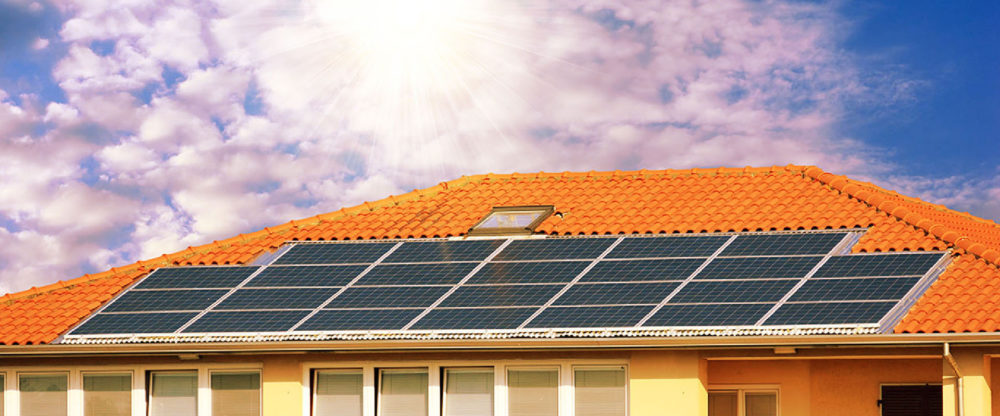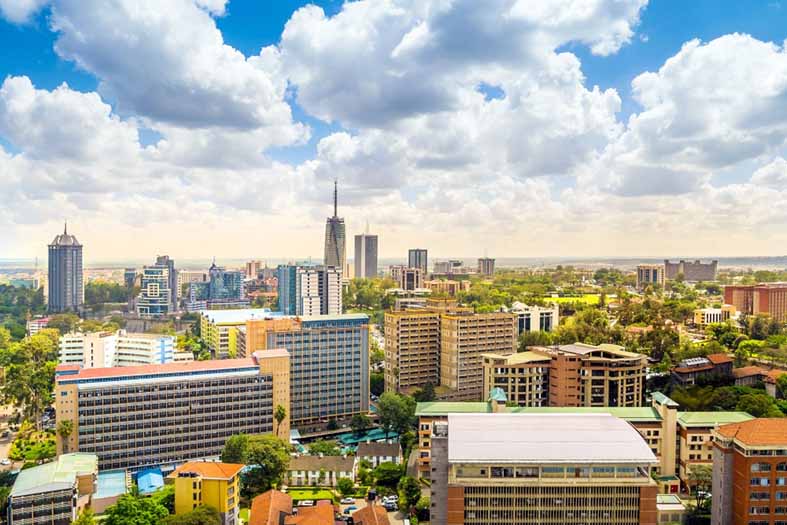Renewable energy auctions: bidding our way to a greener future

https://www.ft.com/content/25130264-cb15-11e8-9fe5-24ad351828ab
The UN’s Intergovernmental Panel on Climate Change did not mince its words: its report published at the weekend was “the final call”, it said. Keeping to the target of 1.5C of temperature increase above pre-industrial levels will mean “rapid, far-reaching and unprecedented changes in all aspects of society”.
Here is how the EBRD sees tackling emissions. First, we should double the volume of electricity the world uses to decarbonise sectors otherwise hard to abate, such as transport, heating and industry. Second, we should generate more than 70 per cent of that electricity from low-carbon renewable sources, primarily wind and solar photovoltaic.
The good news is that this challenge is finally affordable.
Too often we hear, in both developing and developed markets, that renewable energy is too costly because of the subsidies it receives. This was true when the nascent renewables market needed protection — but no longer. Even in emerging markets, it is time to introduce competition. Those who have done so have achieved dramatic results. Renewables are now cost-competitive with fossil fuels in many parts of the world, even taking into account the subsidies that continue to prop up power generation from fossil fuels
Please use the sharing tools found via the share button at the top or side of articles. Copying articles to share with others is a breach of FT.com T&Cs and Copyright Policy. Email licensing@ft.com to buy additional rights. Subscribers may share up to 10 or 20 articles per month using the gift article service.
One of the best examples is Jordan. In only four years, competition has delivered an 85 per cent price reduction to levels that make renewables cheaper even than simply burning gas. In 2014, we helped Jordan initiate the long-overdue exploitation of its solar resources by funding the first solar photovoltaic plant there with a feed-in tariff of 16.9 US cents per kilowatt hour. By then we were already supporting the government to develop a competitive system, and in 2016 we financed the cheapest project awarded under that scheme, with a tariff of just 6.1 USc/kWh. This September Jordan opened the results of its second auction — the winner offered under 2.5 USc/kWh.
Egypt has seen similar benefits with bids of under 3 USc/kWh in the recent 200MW Kom Ombo solar tender. Now we are deploying finance from the Green Climate Fund to support the Egyptian authorities in finalising that tender and delivering the next, larger competitions.
The Ukrainian parliament is discussing amendments to its electricity law to introduce renewable auctions and we are closely involved in that process. We are supporting similar initiatives across the EBRD region, from Tunisia to Mongolia, via Serbia, Albania, FYR Macedonia, Moldova and others.
The EBRD was founded on the premise that private participants in a competitive market deliver the most innovative and efficient outcomes. This includes delivering essential goods, of which clean energy is one of the most important. We believe that renewable producers need a long-term commitment from consumers to buy their power at a fixed price — but that prices must be set competitively. We have developed a simple blueprint, issued jointly with Europe’s Energy Community Secretariat and in collaboration with the international renewables body, IRENA.
Competition has not only produced lowest-cost electricity but also spurred technical innovation — larger wind turbines, better operational management, more efficient solar panels, now even panels that capture the photons reflected back off the ground as well as those hitting them directly. The promise of a fixed, competitive price, determined transparently and objectively, has also driven down the cost of capital.
This means that we can now really scale up our financing for renewables. Where we used to be pleased to finance a 10MW renewables plant, we are now financing plants with a capacity of 250MW or more. Last year in Egypt we financed 750MW of solar power on just one vast site, working together with the Green Climate Fund and other donors.
As countries shift more and more of their electricity supply to intermittent renewable energy, they will need back-up capacity as well. The EBRD foresees a critical role for natural gas in the coming years, both as replacement for existing coal plants and as key back-up to ensure the lights stay on when the wind is not blowing and the sun is not shining.
The EBRD is the leading financier of renewable energy projects in our region, which stretches from Morocco to Mongolia (in both of which we have financed wind farms). With commitments of financing of already more than €6.3bn in direct financing and credit lines to renewable energy projects of over 10GW, we know our markets well. Indeed, we have provided the first push to the creation of these markets in a number of countries: Serbia, Egypt, Mongolia, Kazakhstan and Georgia. Our message is: renewables are now the cheapest source of energy in those of our countries that introduced competition. Others should follow.
The EBRD is currently holding public consultations on its new Energy Sector Strategy, which will guide our investments for the next five years. Industry, civil society, governments and other stakeholders are having a say, before it goes to a vote at the Bank’s Board of Directors.
The vision we are offering is this: increased financing for green energy solutions in our 38 emerging markets of operations, always in conjunction with policy reform and harnessing competitive market forces wherever possible.


